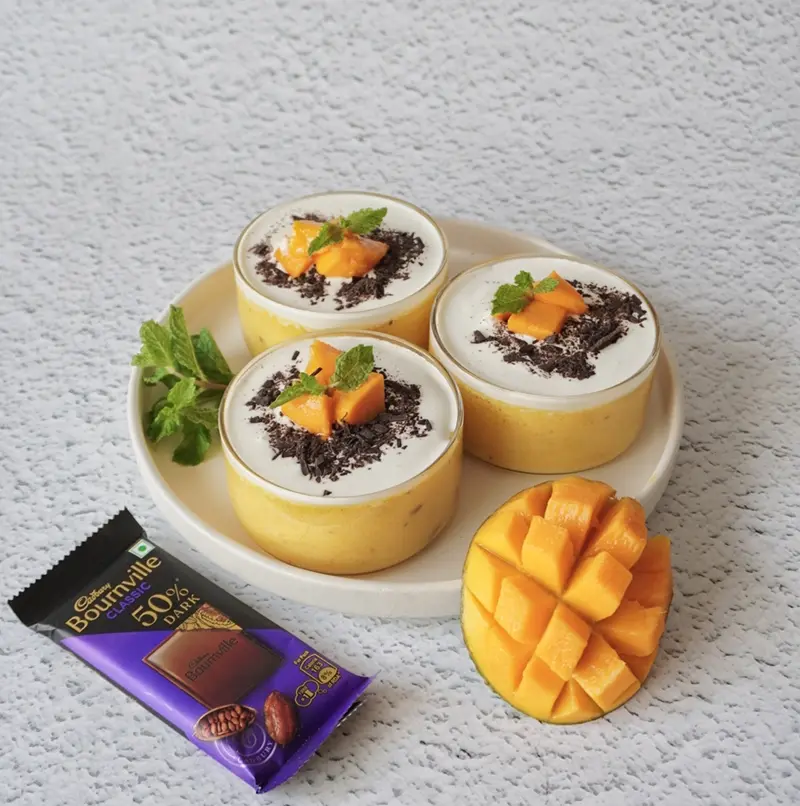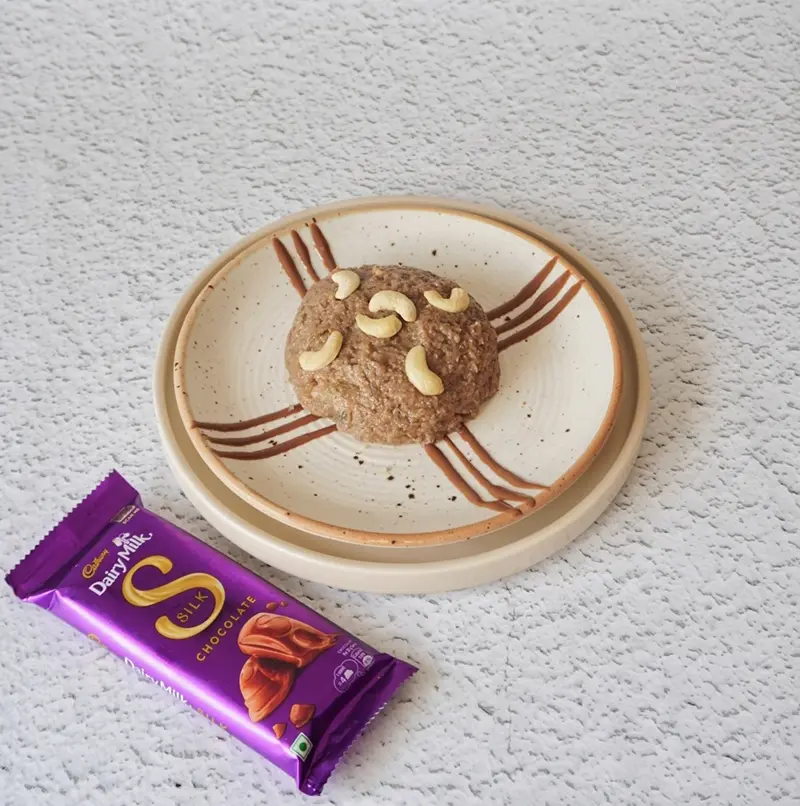Cute confections have long been the norm for Japanese desserts, it's as if simplicity was dressed up in elegant clothes. The desserts might be too cute to eat, but there is some science behind their appearance not to mention upping their marketing game.

Cute confections have long been the norm for Japanese desserts, it's as if simplicity was dressed up in elegant clothes. The desserts might be too cute to eat, but there is some science behind their appearance not to mention upping their marketing game.
Cuteness has become symbolic for Japan, be it cosplay, shoujo manga, or desserts, and one doesn’t need to be a fan of Hello Kitty, Cinnamoroll, or even the animated Pickachu to appreciate cuteness! Desserts top our list for it is impossible to see cute confections in the shape of everything imaginable from Japan’s cherry blossoms, Mt Fuji, and characters from their own animations like the famed Studio Ghibli.
The cute is not restricted to kids of young couples only, it's meant for everyone starting from the simpler adorable blobs of mochi wagashi to the more intricate desserts that are works of edible art. So, apart from aesthetics, what is behind this cute revolution that has Japan in its grips for hundreds of years?
Japan’s History of Kawaii
On a serious note, there are some studies that do not exactly address the why, for we think it's just a cultural adoption, but somehow makes sense as to why “cute” sells. The concept of "kawaii" or cute emerged in Japanese culture and came to encompass small, vulnerable things that trigger feelings of pity and need for protection. Early references to kawaii things in 11th-century literature described baby faces, small children, animals, and delicate objects.
In the 1970s, cuteness became commercialized and spread through stationery, handwriting styles, and manga illustrations. Trends continued into the 1980s through idol singers promoting Kawaii fashion and styles.
Japanese sweets like cake and chocolate came to be strongly associated with femininity and cuteness during this time. Stylized depictions of sweets in shoujo manga and merchandise helped establish them as quintessential kawaii foods. More recently, the dark or ironic take on cuteness known as "dark kawaii" has gained popularity. It reflects tensions in Japanese society and allows new expressions of gender identities and cultural critiques.
This leaves plenty of room for problematic depiction, but that is another story, for Japan hugely capitalizes on this cuteness to attract tourists. And it works, as snackable videos and blog posts continue to reach the readers who see Japan as a cultural utopic haven, which is nirvana since it oozes comfort through its kawaii content. We agree, for cute things there are also good enough to eat!
Kawaii Desserts from Japan
Now that the science is out of the way, let's take a tour of some really cute desserts that are without a doubt delicious, but also a feast for the eyes. Forget mochi, dango and dorayaki, it's time we took a look at other gems that are quite a sight and too cute to eat:
1. Namagashi
A kind of wagashi, namagashi makes an appearance during Japanese tea times and they reflect the season. They are made of rice flour with a sweet red bean paste filling and as simple as they are, their exterior is shaped into different flowers, usually, depending on the season.
2. Sakura Mochi

Mochi has a separate fan base, and when it meets spring, sakura mochi takes birth. The typical red bean filling is encased in a baby pink sweet rice exterior and the mochi is enveloped in a pickled sakura dish.
3. Fruit Sando
Shokupan or Japanese Milk bread sandwiches cover a filling of whipped cream with slices of fresh fruits to make the fruit sando or fruit sandwiches. It’s simple but the presentation is so good that it might just make you feel guilty to take a bite.
4. Hakuto Jelly

Made with gelatinous agar powder, created from a kind of seaweed, and sugar, hakuto jelly enjoys quite the popularity across Japan and has been enjoyed for centuries. The name for the jelly is made with high-quality white peach "Shimizuhakuto"; the appearance of jelly is also made to look like a peach, sometimes yellow and sometimes beige with a blushing top.
5. Hishimochi
Associated with the Hinamatsuri "Girl's Day" festival, hishimochi is a three-layered jelly with a green bottom, white middle and pink top that symbolizes fertility. These are made with the rice used for mochi along with water chestnuts, cotton weed extract and cape jasmine.
6. Kompeito
Kompeito are small, spherical sugar candies made entirely of sugar that has been boiled and formed into colorful balls. The outside is coated with more sugar which gives them a glittery appearance. Kompeito comes in a variety of bright shades like orange, green and pink and looks like a waterfall of stars.
7. Mizu Manju

Translucent jewels of peak summer, Mizu Manju is enjoyed on hot sweltering days. Crafted from kuzu starch, these delicate cakes take on the appearance of big water droplets with a sweeter interior of the trademark red adzuki bean paste.
Like This Article?
More Like This


Popular Articles





Trending Web Stories
Curated Recipes




















